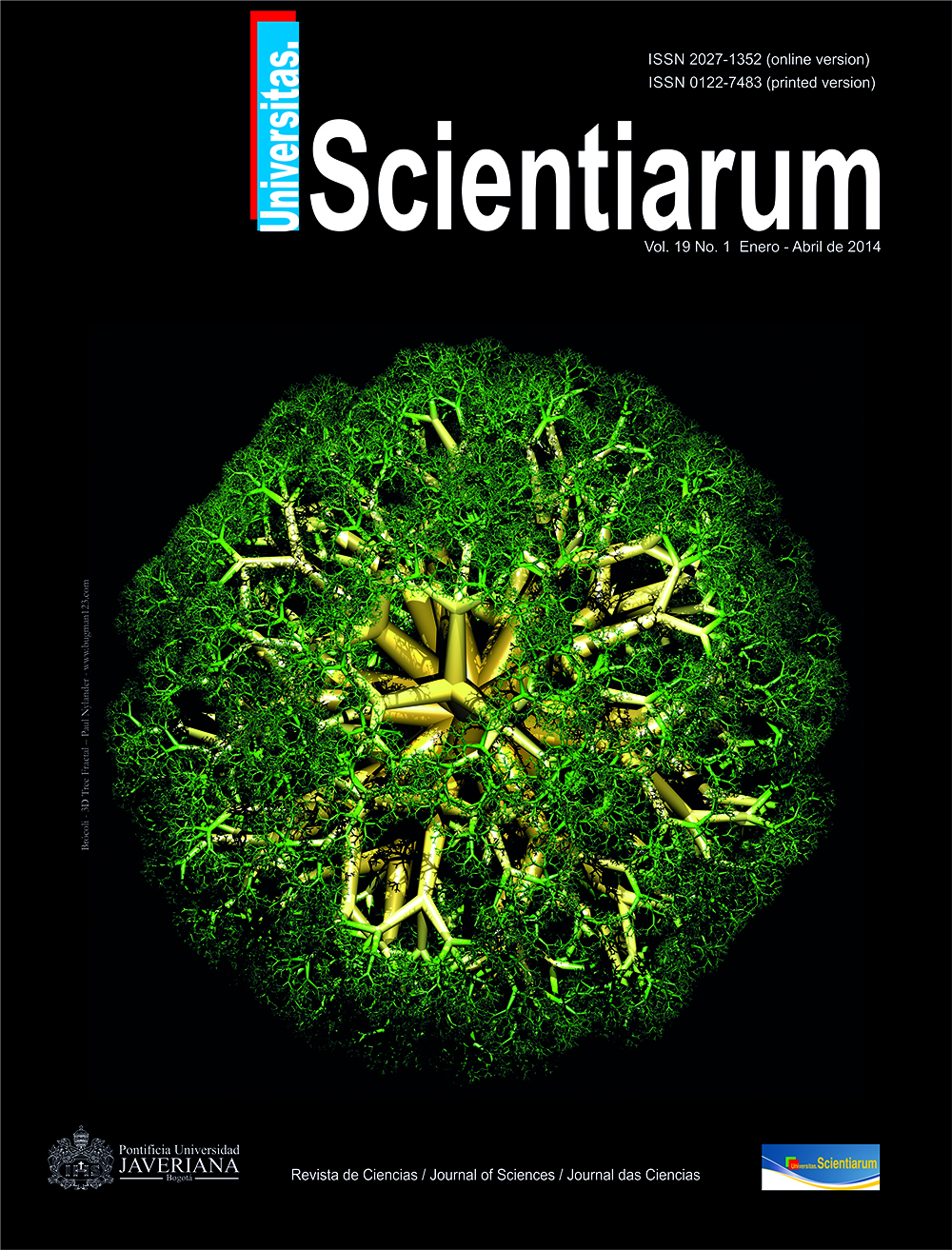Situación epidemiológica de la leptospirosis humana en Centroamérica, Suramérica y el Caribe
Published
Jul 14, 2014
Almetrics
Dimensions
##plugins.themes.bootstrap3.article.details##
Abstract
To identify and describe the epidemiological status of human leptospirosis or Weil's disease, we searched scientific publications and reports issued by health control authorities from 2006 to 2013. Information extraction was done independently and the methodological quality of the articles was evaluated using a checklist created for that purpose. The country with the highest incidence of human leptospirosis was Trinidad & Tobago (22 cases per 100,000 people) and the highest percentage of cases occurred in Guyana (60%). In Colombia, the department with the highest percentage of cases was Antioquia (85.7%) and the highest incidence was in Cordoba (67.9%). Contact with animals is possibly the highest risk factor; its diagnosis is commonly accomplished using a microscopic agglutination test. The analyzed data presented various epidemiological aspects, making it difficult to merge the information. Only in some countries is the academic and governmental interest and awareness evident in the area of public health.
Keywords
Human leptospirosis, prevalence, risk factor, diagnosis, Leptospira spp., Colombia.
References
How to Cite
Pulido-Villamarín, A., Carreño-Beltrán, G., Mercado-Reyes, M., & Ramírez-Bulla, P. (2014). Situación epidemiológica de la leptospirosis humana en Centroamérica, Suramérica y el Caribe. Universitas Scientiarum, 19(3), 247–264. https://doi.org/10.11144/Javeriana.SC19-3.selh
Issue
Section
Health Sciences


